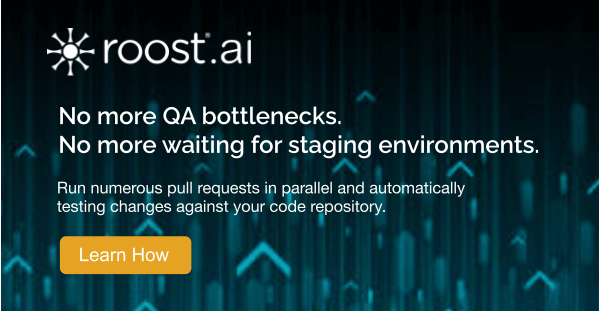Avoid sequential processing and long testing queues using ephemeral environments.
Because of shared development and test environments, current software development processes work sequentially; forcing developers to wait for an environment to become available in order to validate a change.
Sharing environments for testing is always a challenge because multiple developers use it for various changes and the versioning may not align. Plus the sheer volume of requests mandates that the validation of pull requests (PRs) becomes sequential, this process causes bottlenecks and delays your PR. And, if the PR fails in testing, the whole cycle starts again — consuming resources and time while increasing change failure rates and your cost.
The long waits caused by queuing forces the testing process to be sequential.
Sequential processes delay the releases, and you lose on the opportunity cost of that change.
Similarly, the way pull requests and private branches are short-lived, the environment must only be for the lifecycle of your PR. So, the environment must be ephemeral. It must launch/start when needed and shut down once your PR is merged or a private branch is deleted.



